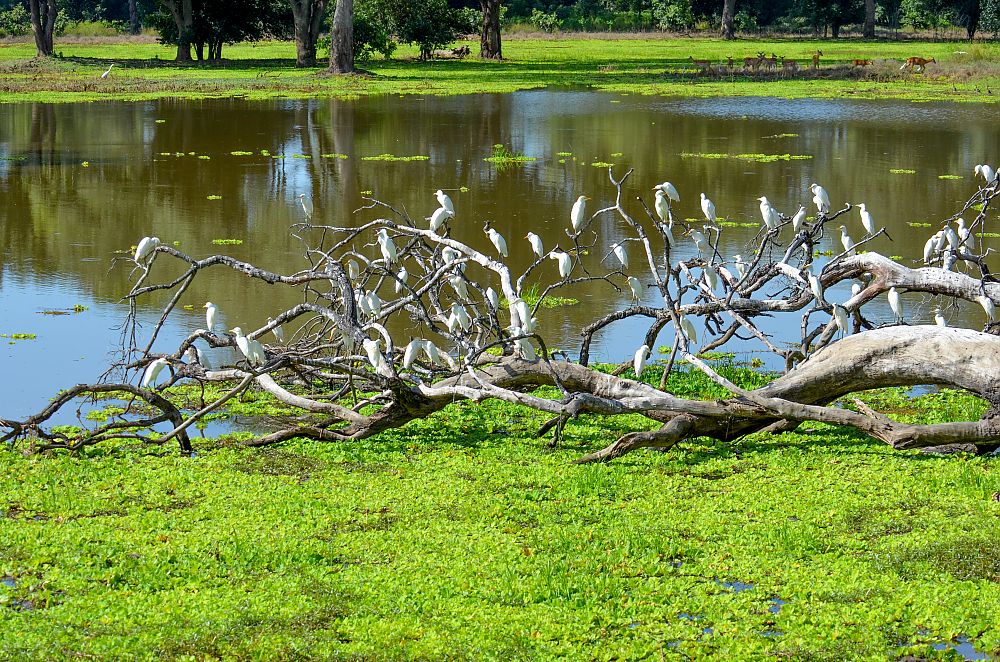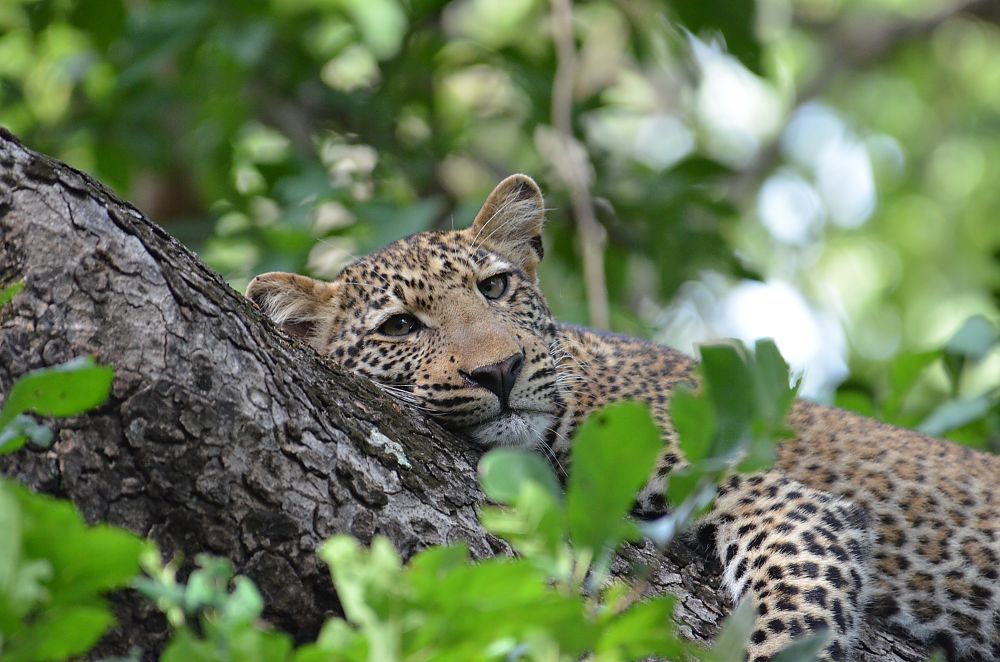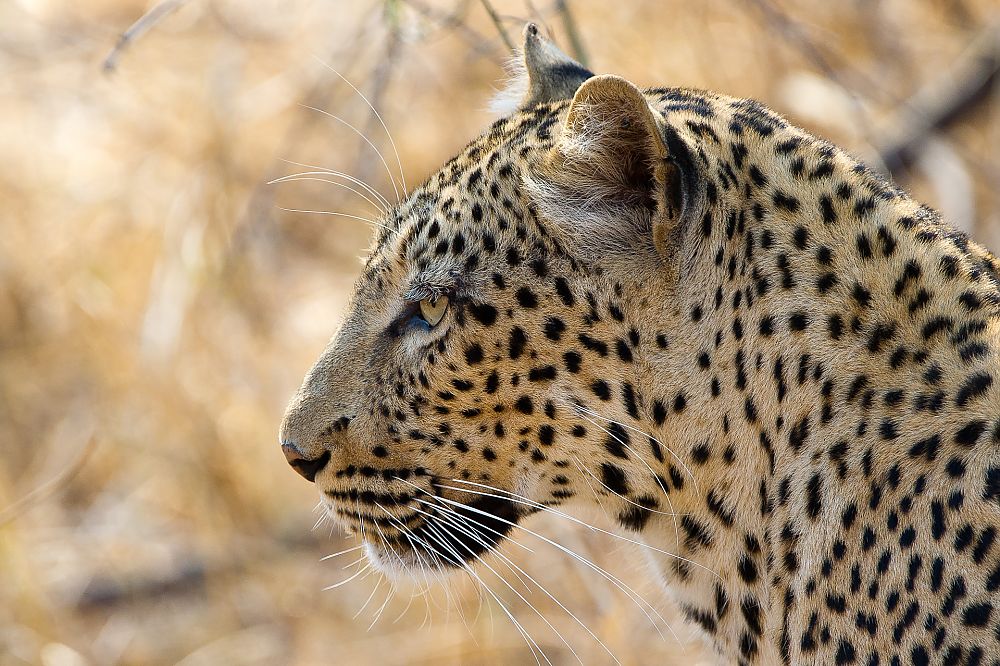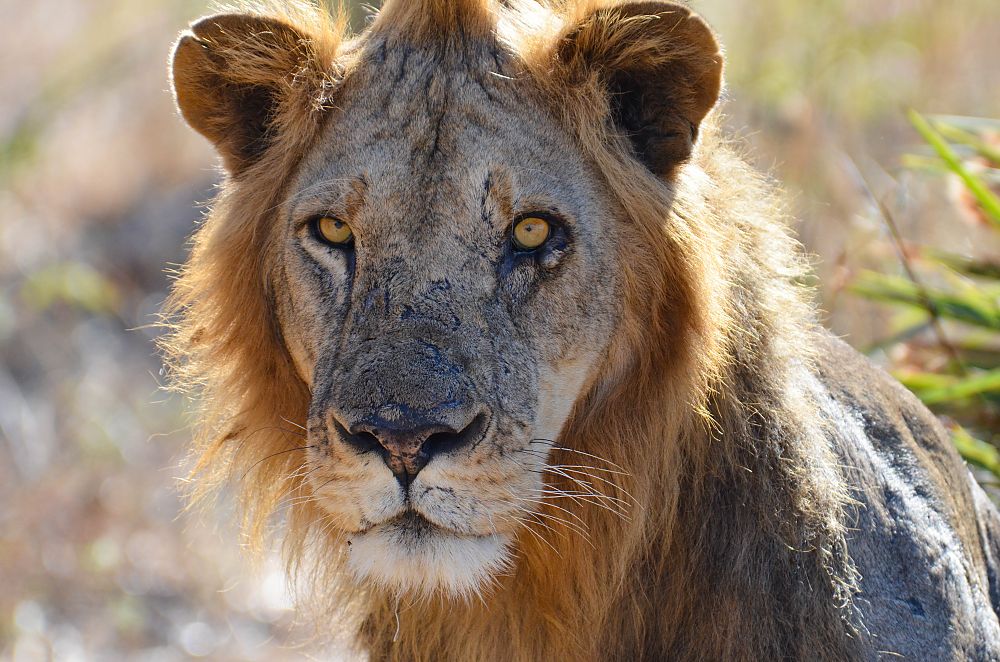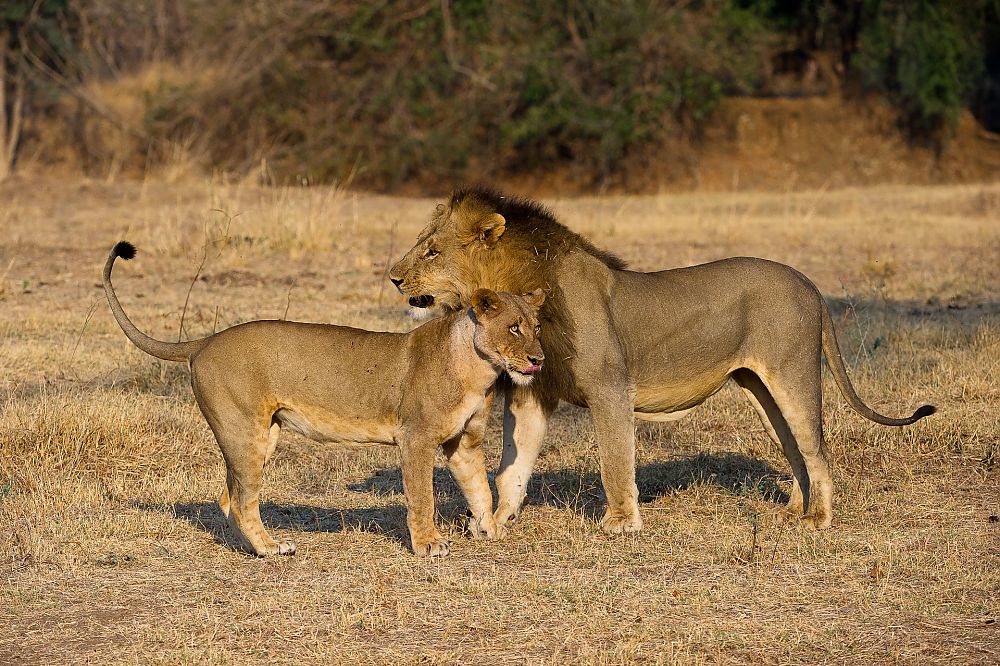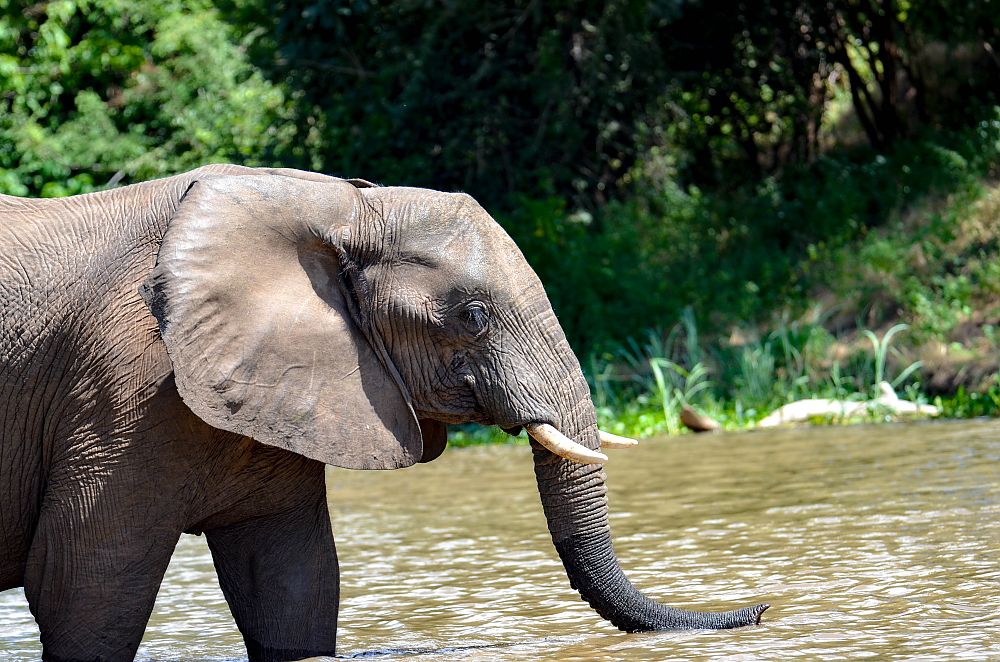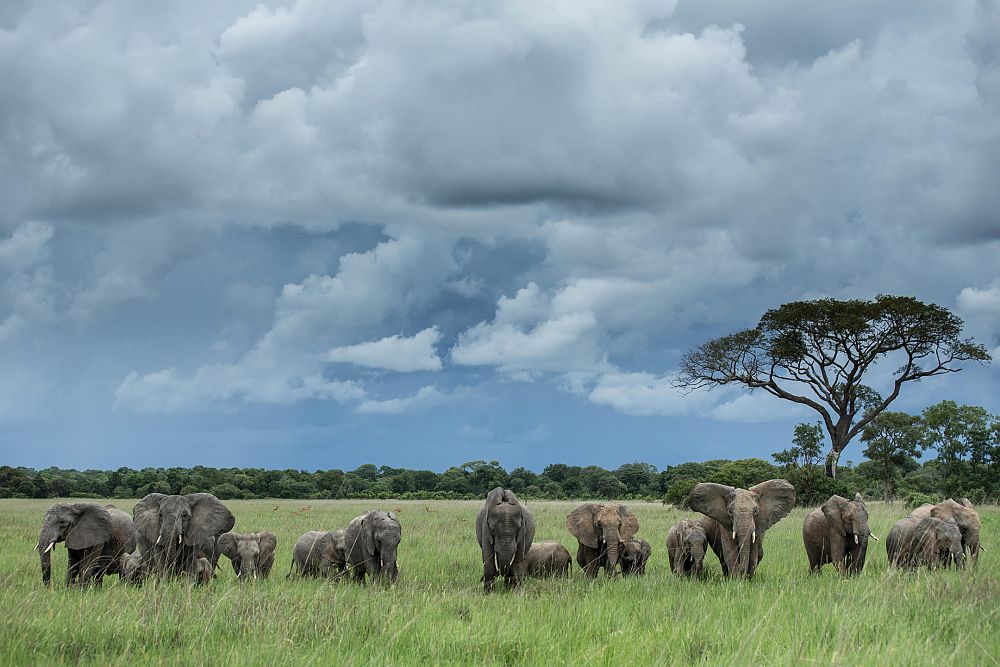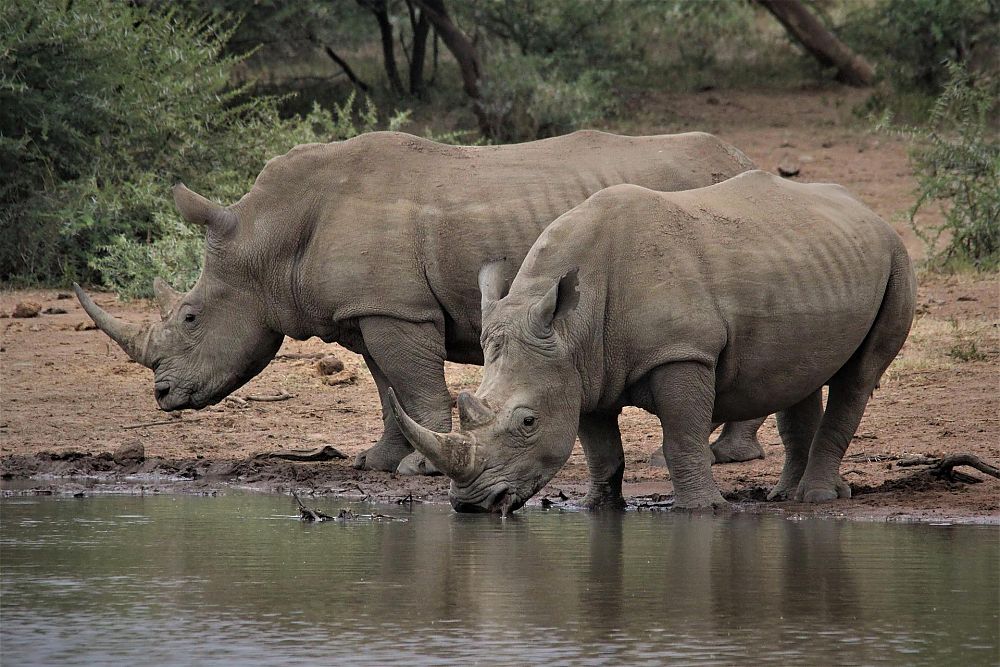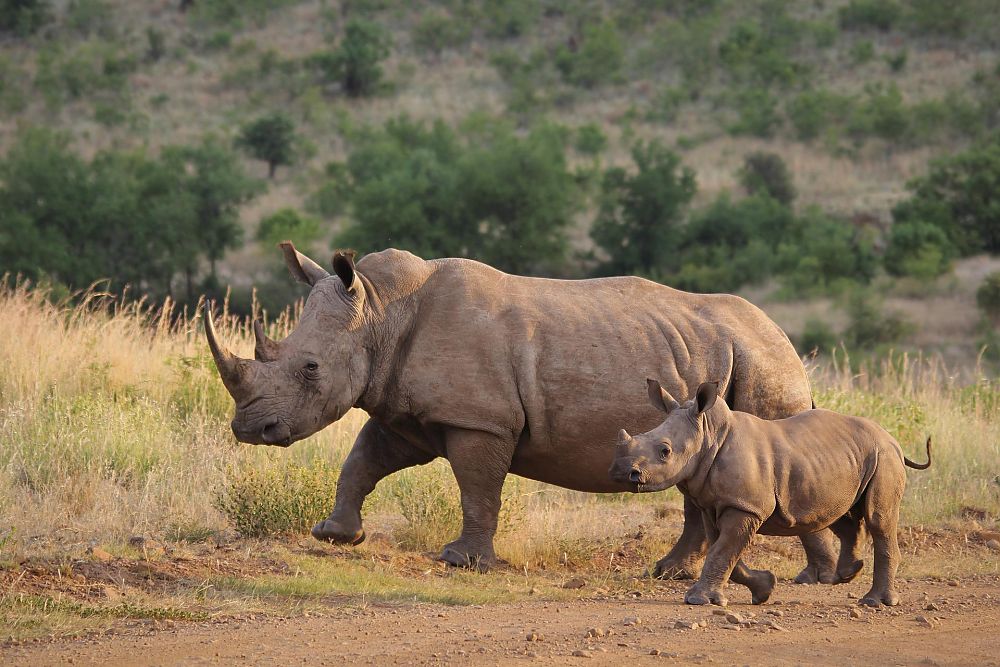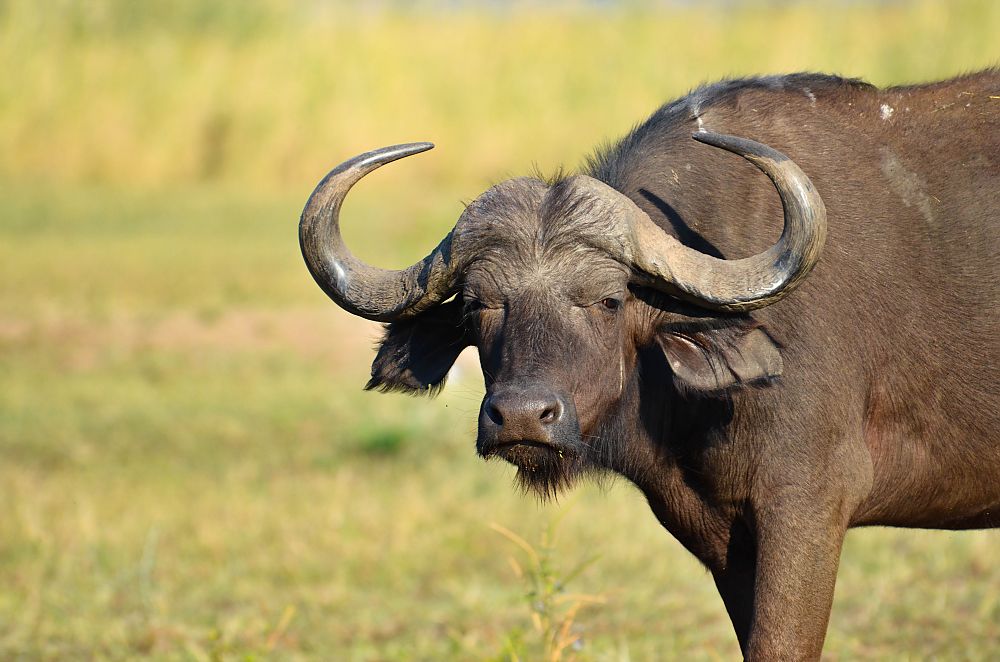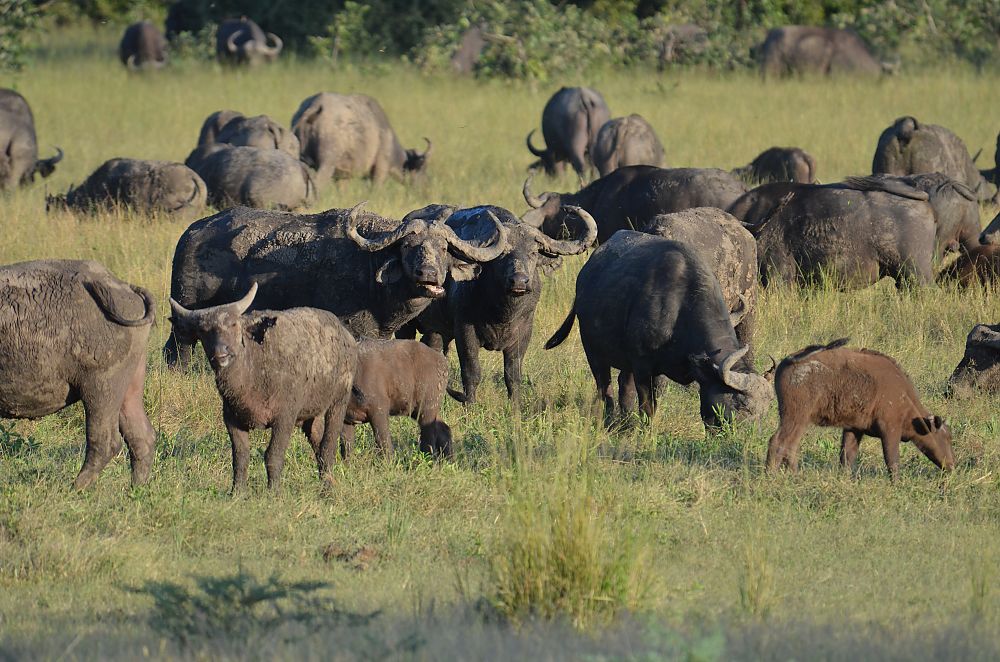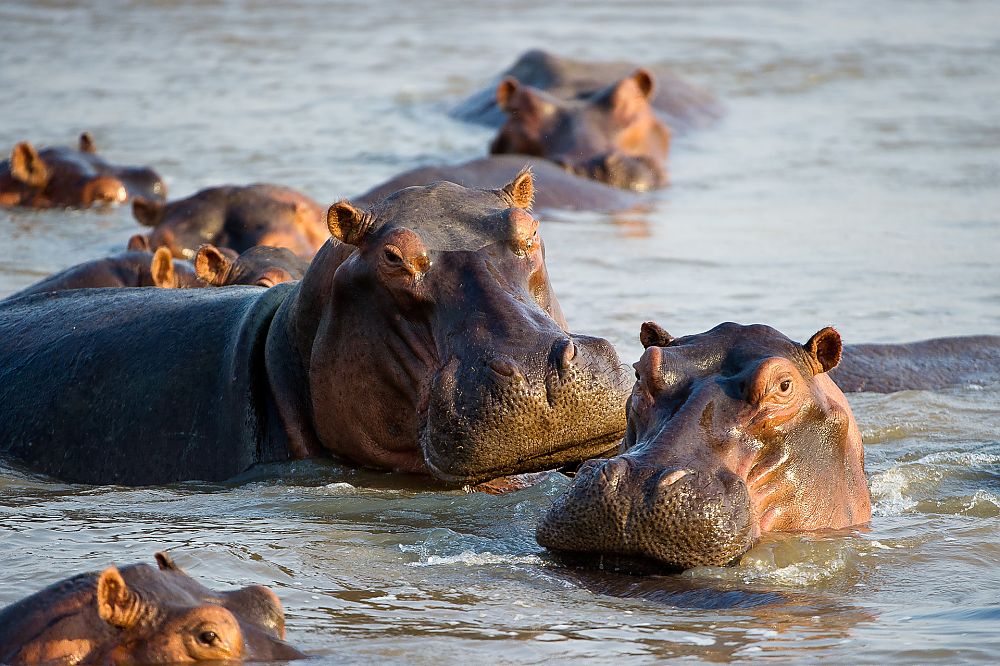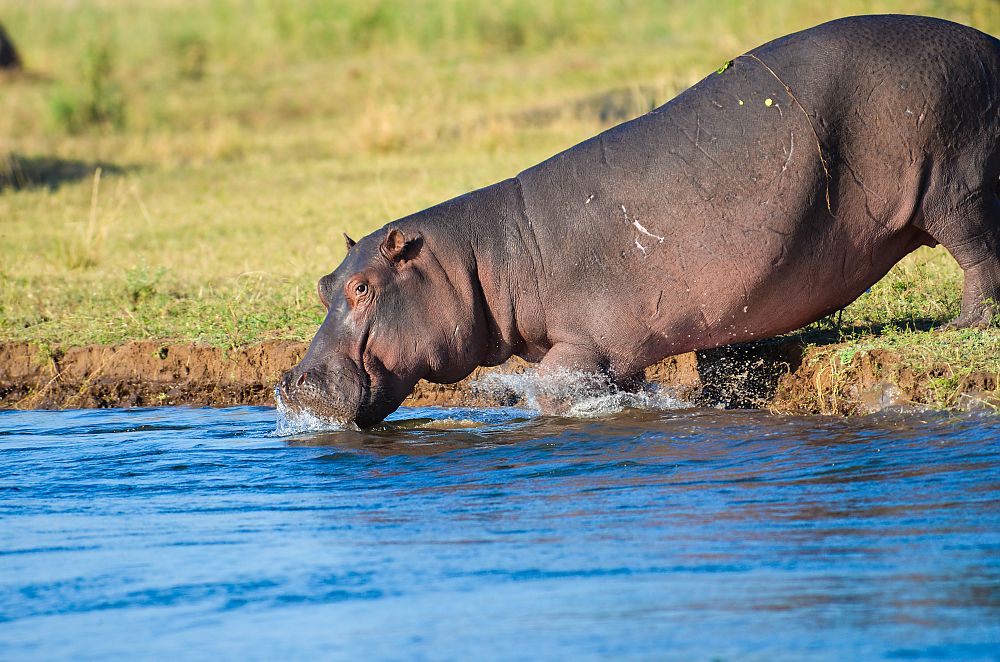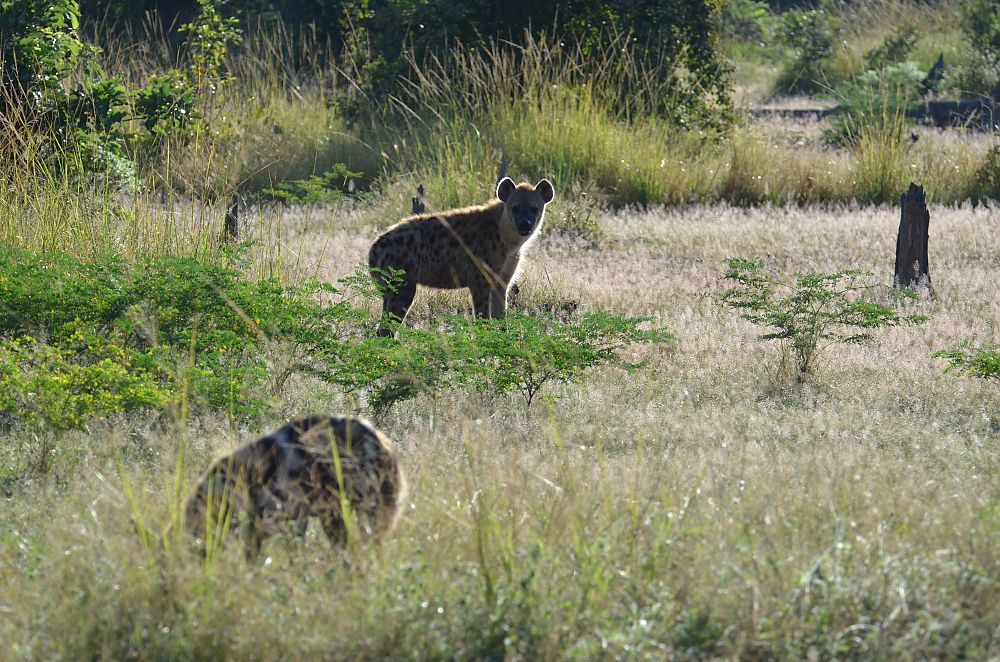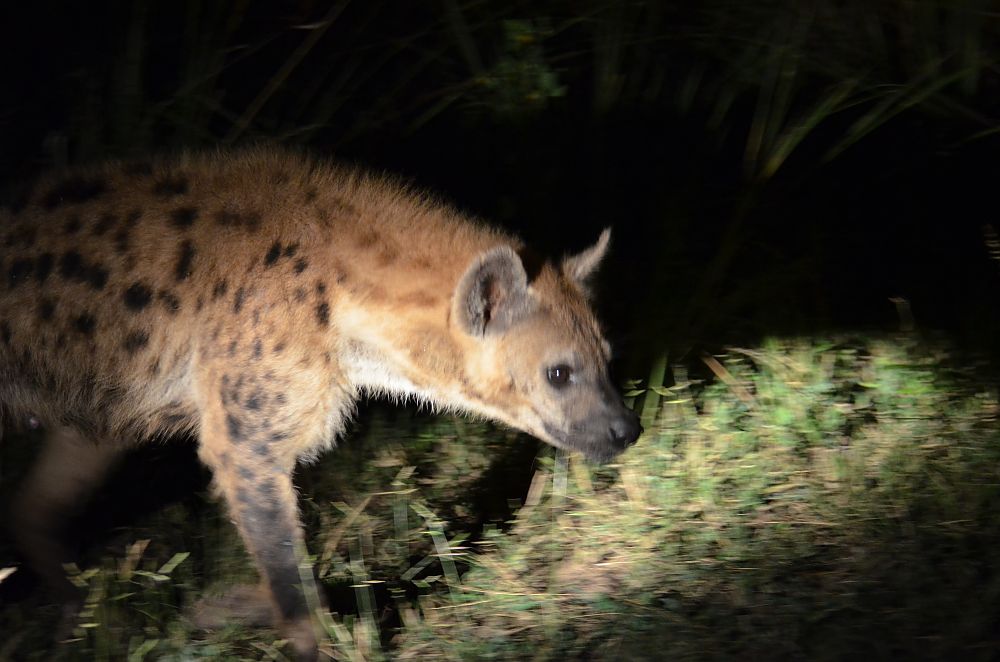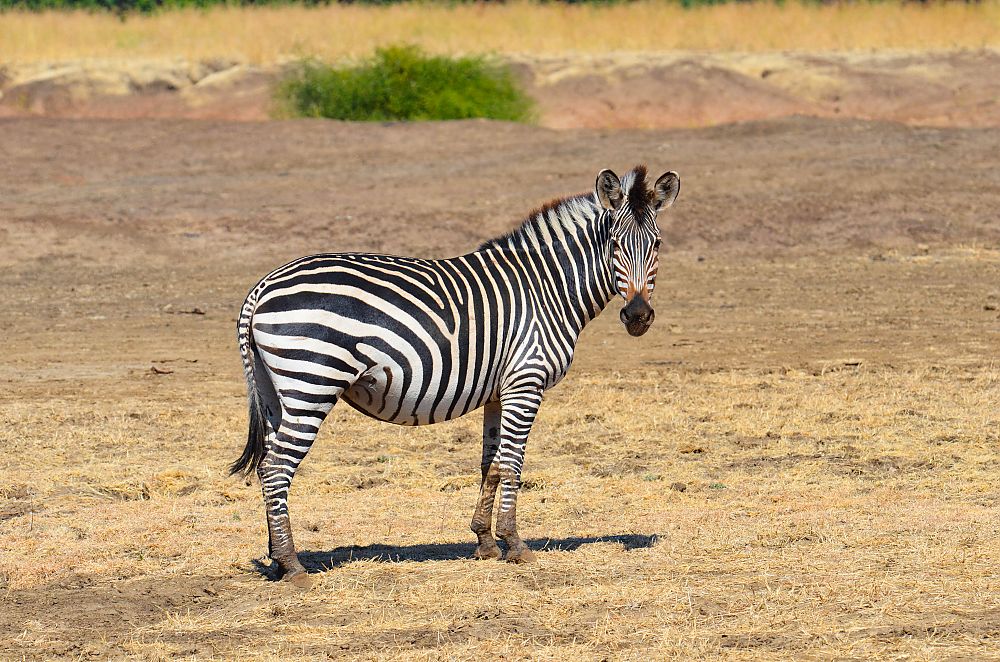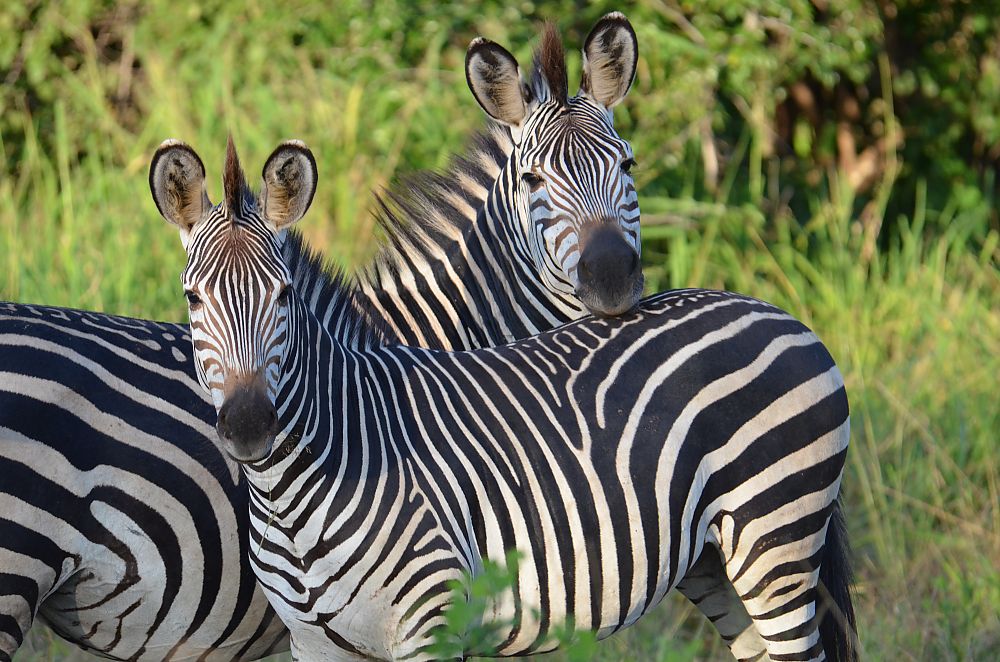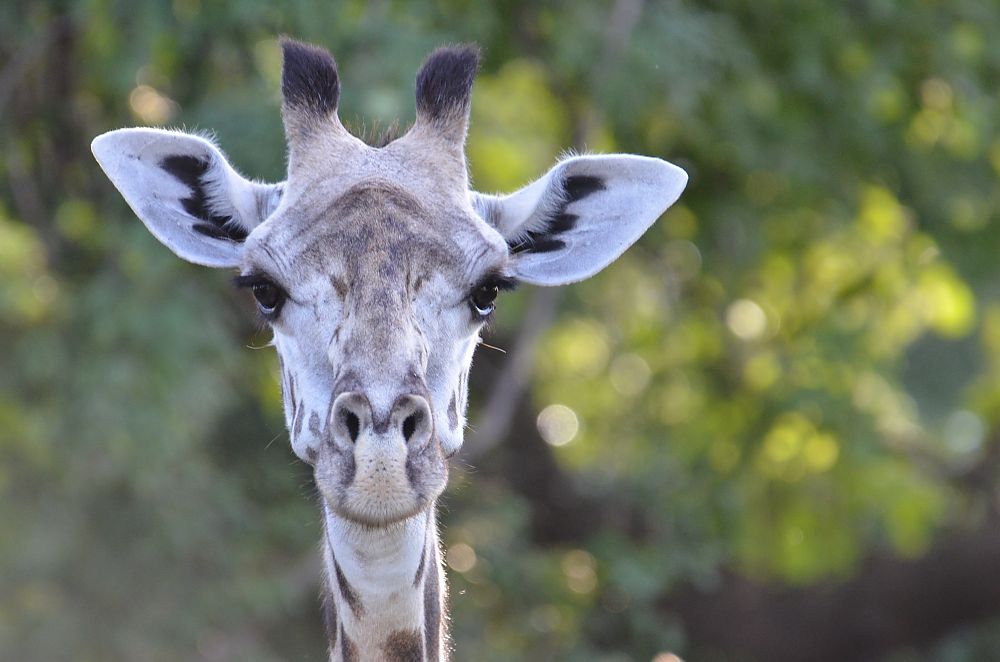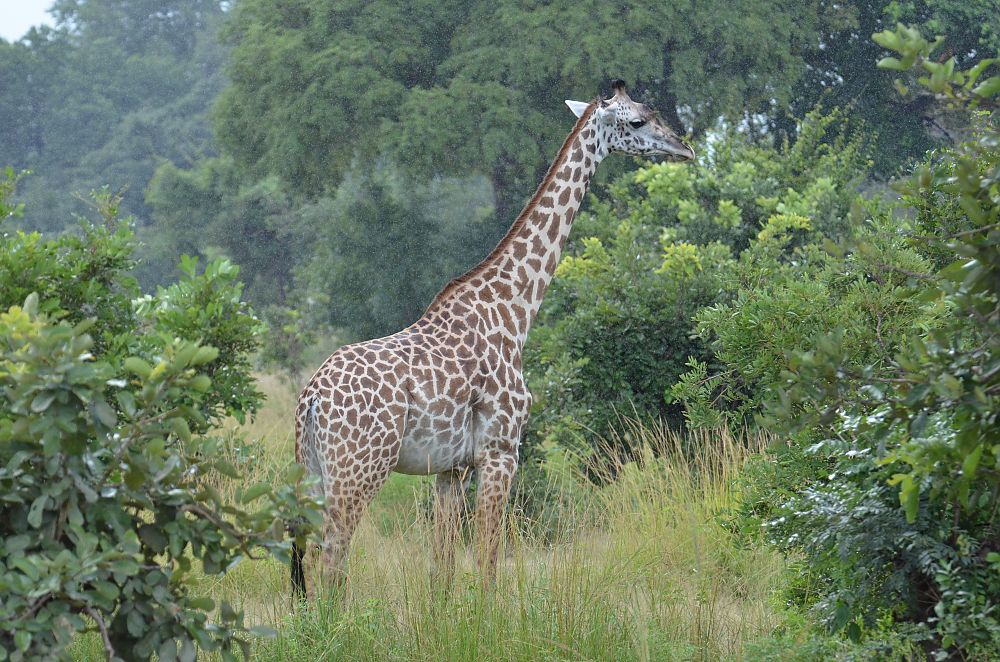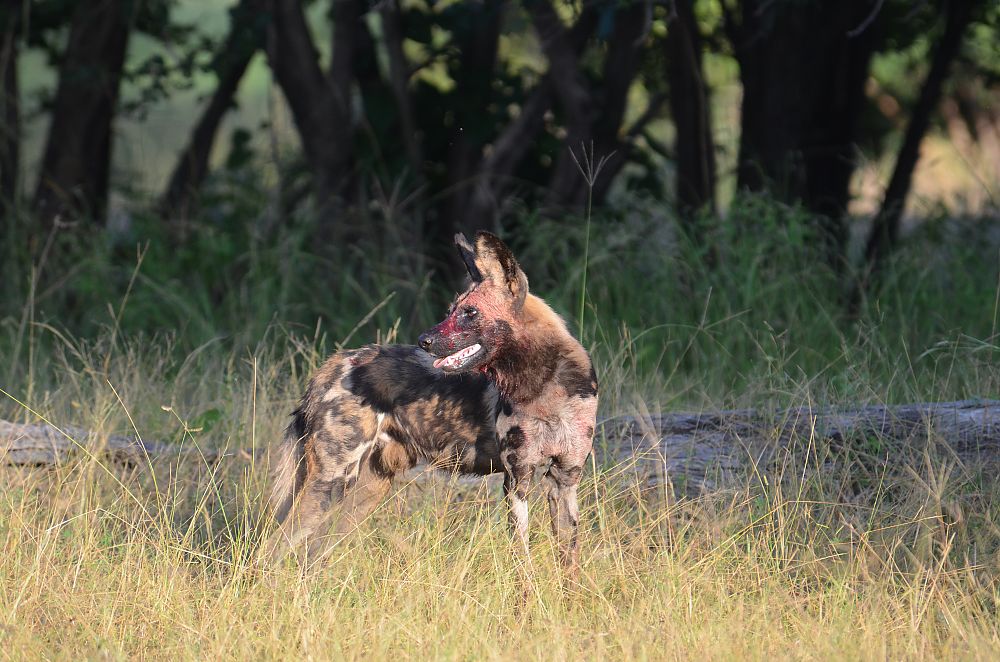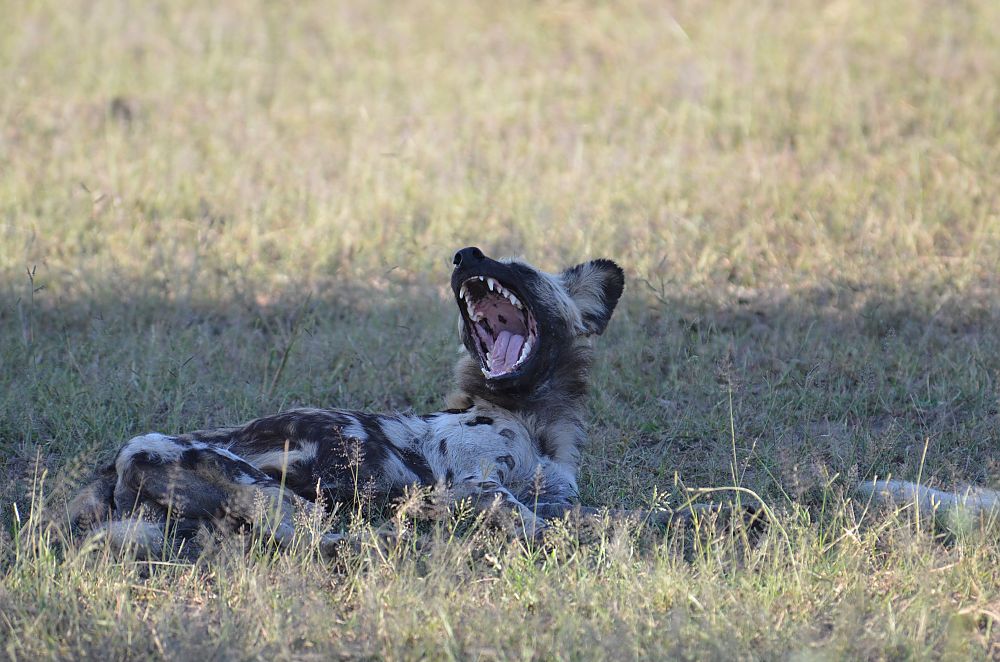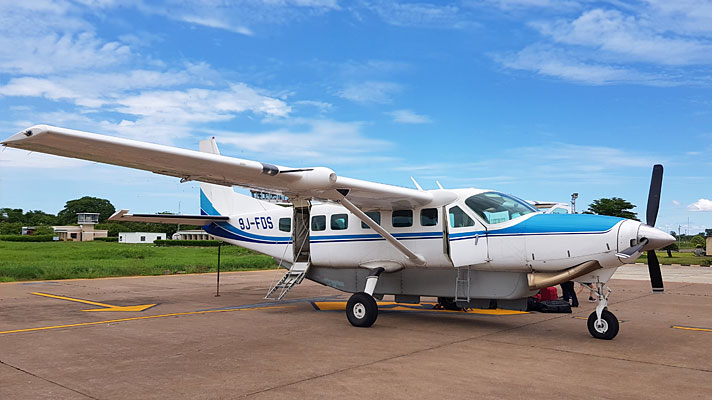Zambia is one of the most exquisite countries in the world to view wildlife, especially the Big Five (leopard, lion, elephant, rhino and buffalo). There are 20 national parks in the country that boast thousands of animal and plant species that you can’t find just anywhere. Below you can read about our top 10 animals you can expect to see when you visit Zambia – and of course our Big Five animals are a part of the list!
1. Leopard
The leopard is one of the most majestic and beautiful animals in the world. They are carnivores with their diet mostly consisting of impalas. Their height is around 50-70 centimetres and their lifespan is approximately 12-17 years. You can find leopards in all of the major national parks in Zambia, however they are usually only active at night time when they’re on the hunt. During the day, you can usually see them lazing around on a tree branch. Leopards can reach a top speed of 58 kilometres per hour and are avid climbers, usually dragging their prey up into trees. You may think that these felines don’t like water, but in fact they are brilliant swimmers!
2. Lion
Lions are mostly recognised by the male’s huge mane. They live in prides that usually consist of 2-3 males and 5-10 females. Once the cubs reach maturity, the older males in the group will kick the younger males out of the pride and they will find another pride. Lions are carnivores and their diet predominantly contains impalas, buffalo, zebra and wildebeest; in one session a lion can eat up to 30 kilograms. The lifespan of a lion is approximately 10-14 years and they average a body length of around 185-210 centimetres. Lions are known for their incredible roaring which usually occurs at night time. You can hear a lion roaring from about 8 kilometres away.
3. Elephant
Elephants are the largest land animals in the world. They can weigh up to 7 tonnes and can reach a height of up to 4 metres. Elephants are herbivores and their diets mostly consists of grass, plants and trees. They can live up to 70 years and their gestation period is 22 months. Elephant calves can stand up just 20 minutes after being born, they can walk after an hour and they can keep up with the heard after just two days. Elephants are very caring and emotional creatures; they always help the injured members of the herd and they are known to mourn the death of a herd member. An elephant’s trunk is extremely heavy – weighing a whopping 180 kilograms and can pick up items as small as a grain of rice.
4. Rhino
Both white rhinos and black rhinos can still be found in Zambia, however both species are endangered and therefore being monitored 24/7 in the national parks. Rhinos can live up to 50 years and they are herbivores, with white rhinos being grazers and black rhinos being browsers. These beautiful creatures are known for their horns, which are made up of keratin and similar to human nails and hair. However, the horns are in high demand and poaching has become a major problem in Africa, therefore our rhinos need constant monitoring. When rhinos are happy, they make a “mmwonk” sound with their mouths.
5. Buffalo
Buffalos are a stocky, short-legged species that have horns that act as a continuous bone shield and are used for protection against predators, such as lions. They have a lifespan of up to 22 years and they can get up to 170 centimetres in height and up to 340 centimetres in length. Buffalos are herbivores that feed on grasses, sedges and leaves. They can consume 35 litres of water at a time in a matter of minutes.
6. Hippopotamus
Hippopotamus means “river horse”. Hippos are massive semi-aquatic mammals that can weigh up to 4 tonnes. They have a lifespan of up to 50 years and their mouths can open up to 1.2 metres making them have the largest mouth of all land animals. Hippos are herbivores and feed on grass on the land; they can travel up to 6 kilometres at night and eat up to 36 kilograms of grass. Hippos spend a lot of time in the water, however they cannot swim; they sink and run on the bottom of the river. Hippos can hold their breath for 3-5 minutes and come up to the surface to breathe. This process is automatic and they even rise to the surface to breathe in their sleep without waking up.
7. Hyena
Hyenas are scavengers that are dog-like carnivores; they feed on carcasses (and eat every single bit of it, including the bones) from predator kills but also hunt smaller prey such as birds, lizards and snakes. The lifespan of a hyena can reach up to 25 years, their length can reach 150 centimetres and their height can reach 85 centimetres. The sound that a hyena produces is incredibly unique; when they’ve found food, they sound like they’re laughing to call other hyenas. These animals are highly ferocious and will defend themselves against lions and wild dogs till the death. Their jaws are incredibly strong which gives them a fighting chance against these predators.
8. Zebra
Zebras are part of the horse family and are distinctively recognised by their black and white stripes. No two zebras have the same pattern; each zebra is unique as each of our fingerprints are unique. Zebras have a lifespan of up to 30 years and they can reach a height of 160 centimetres. Zebras are herbivores and feed on grass; they are grazers just like horses are. Their strategy when it comes to predators is to bunch together to confuse predators that are colour-blind; lions can confuse their stripes as grass. Zebras can reach a speed of 40 kilometres per hour and they run in a zigzag pattern when being chased which makes it harder for their predators to catch them.
9. Giraffe
Giraffes are the tallest animals on earth, they can reach a height of 5.7 metres. Their lifespan is up to 25 years and they are herbivorous and feed on leaves, fruit and certain flowers. Giraffes spend most of their time standing up; they even sleep and give birth standing up. The pattern of a giraffe is as unique as human fingerprints; no two giraffes have the same pattern. Giraffes only require 5-30 minutes of sleep in a 24 hour period and they usually take naps for 1-2 minutes at a time.
10. African Wild Dog
The African wild dogs have unique body markings but most of them have a black muzzle and a black line down their forehead. The lifespan of a wild dog is approximately 11 years, their height can reach 75centimetres and their body length can reach 112 centimetres. Wild dogs are carnivores and they feed on mainly impalas and kudus. They hunt their prey very silently and then chase it at around 66 kilometres per hour for anywhere between 10 minutes to 1 hour. African wild dogs can recognise each other from up to 100 metres away.
If you’d like to go on a safari where you’re highly likely to tick all of these animals off your wildlife bucket list, then don’t hesitate to book your holiday through us on DMC@voyagerszambia.com

